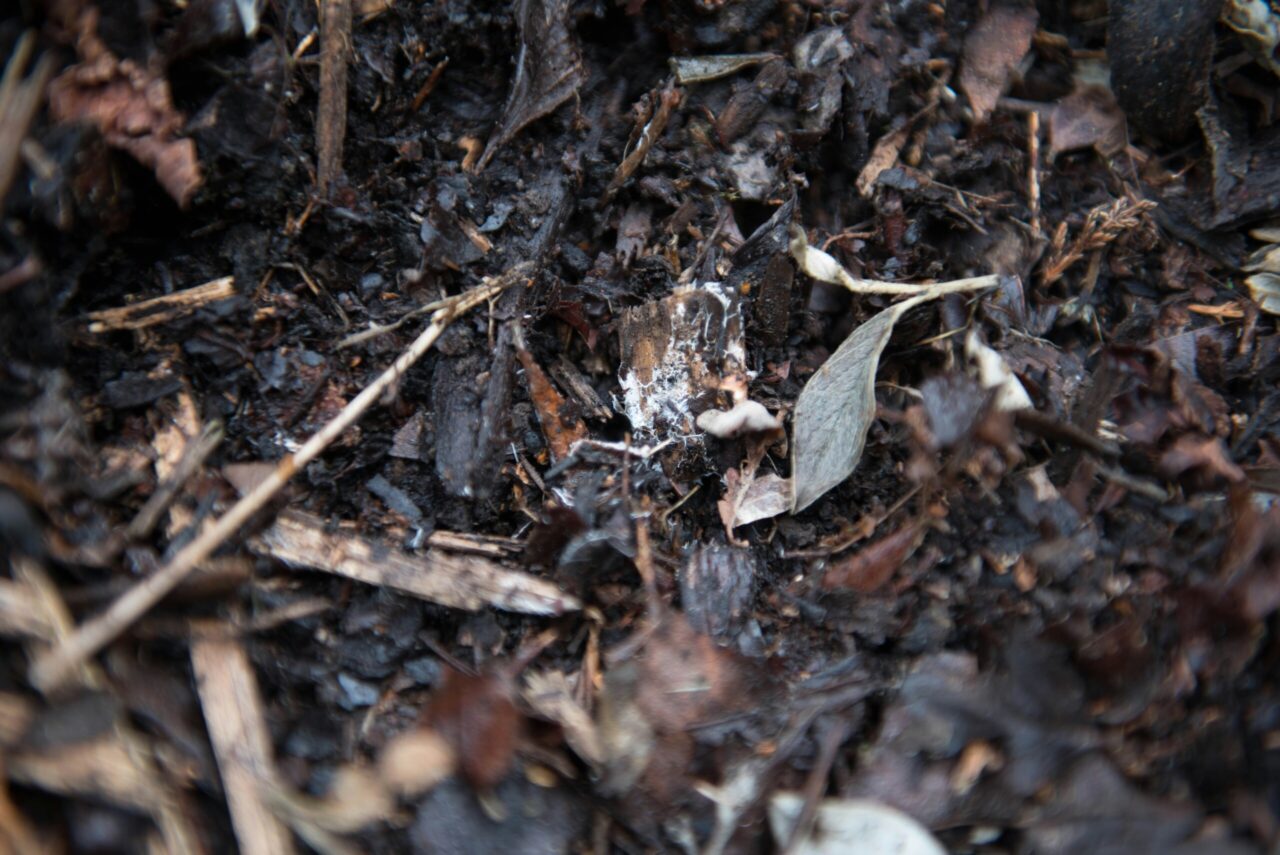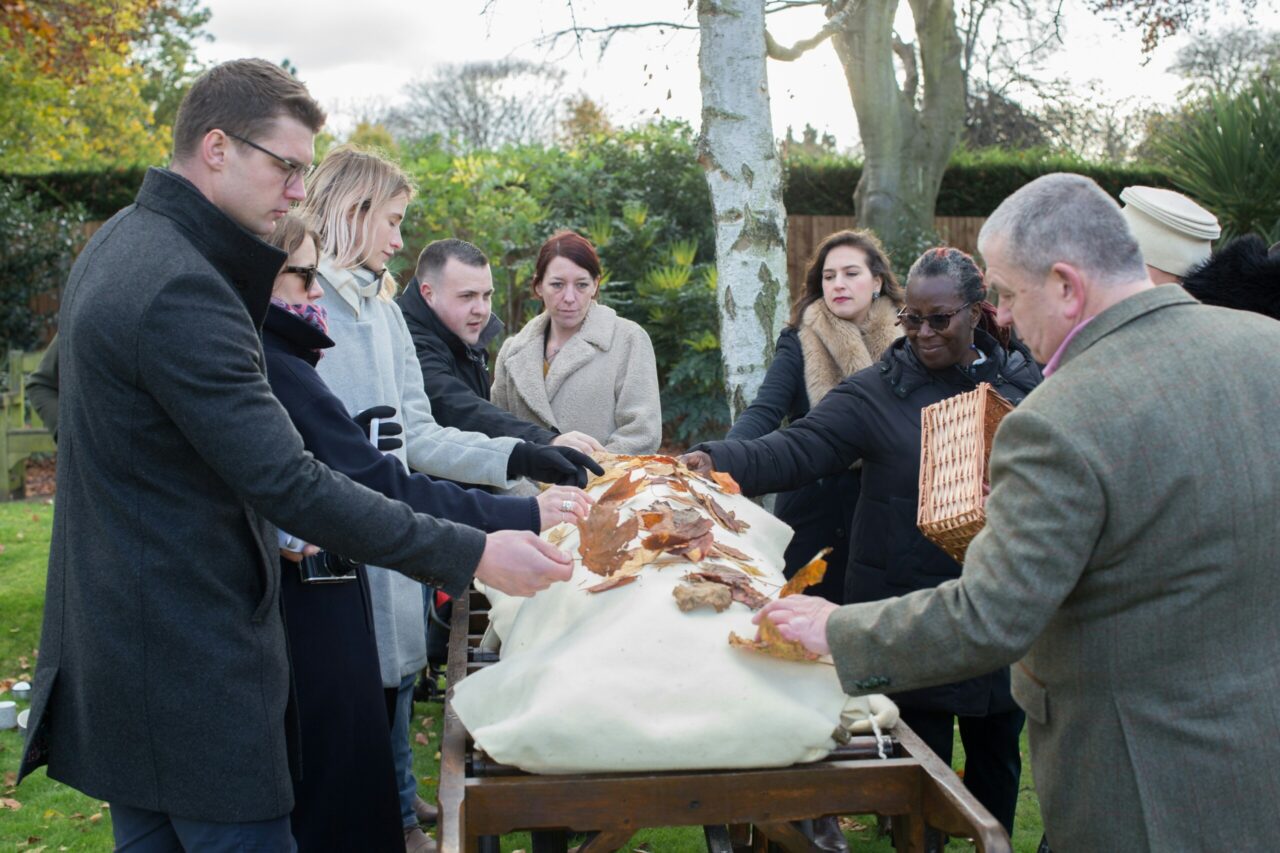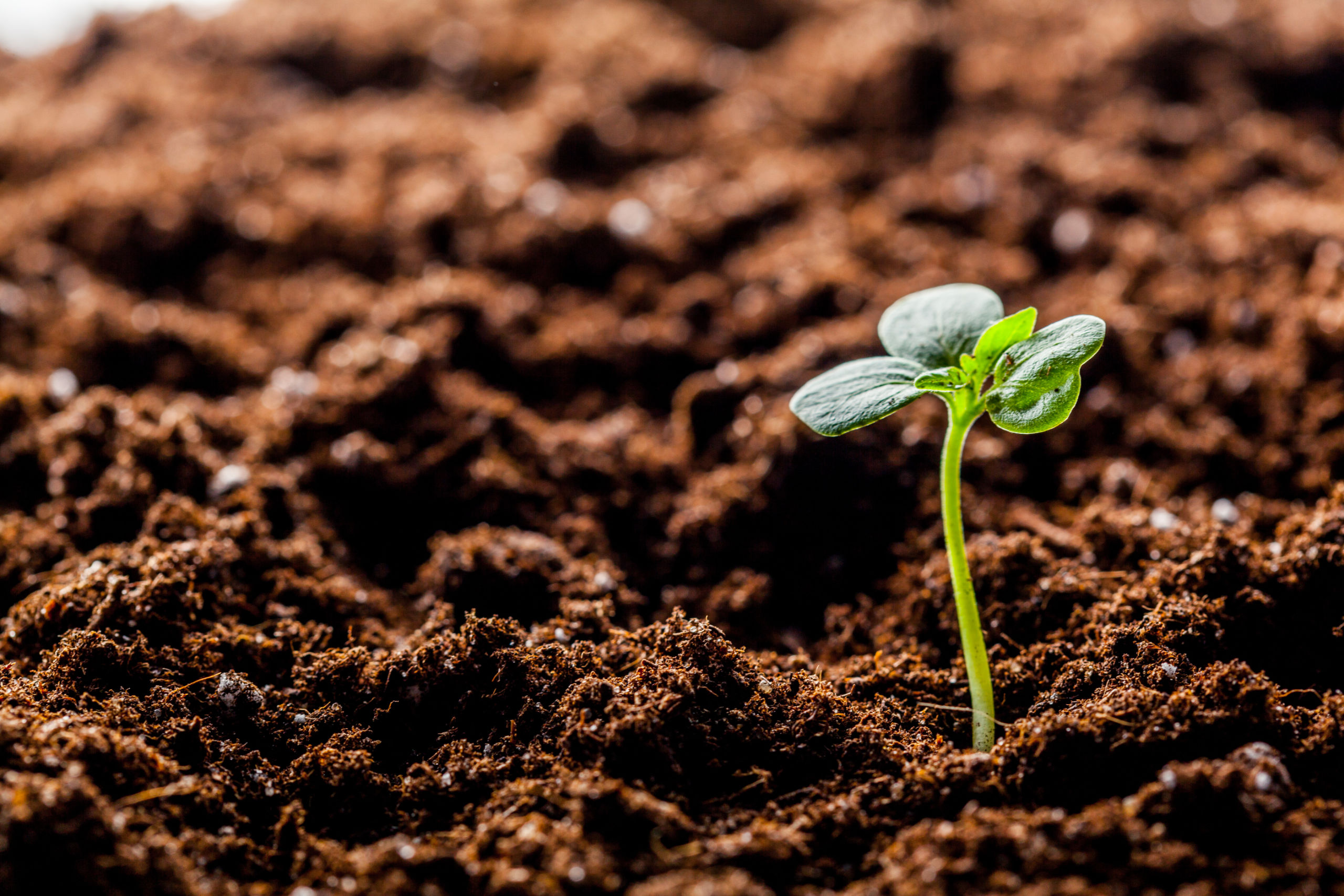New Practices in Aftercare: Aquamation and Human Composting
In Canada, we know of three main ways to care for the remains of a loved one. Traditional burials happen less than they did even two decades ago (as discussed in a previous article). However, they are still commonly practiced, but cremation is now estimated to be the preference 75% of the time.
Some people opt for a green burial, which is a burial in a designated area, without embalmment and without marking the burial place with a bronze or headstone. You may be surprised to know that traditional burial and cremation are not actually environmentally friendly options.

Traditional burial usually involves the use of harsh chemicals in the embalming process, and individual burials take up acres of land. If not buried property, remains can leach chemicals into the water table and negatively affect delicate ecosystems. Cremation requires intense flame and heat (that’s a lot of fuel to burn!) and results in air pollution, as well as very acidic ashes. Scattering ashes around a tree, for example, could very well kill the tree. Ashes need to be spread in a way that disperses the remains across a large area.
In recent years, two new, eco-friendly alternatives have emerged: aquamation and human composting. These methods are gaining traction as people seek greener, more sustainable ways to say goodbye to their loved ones. In this blog I’ll share what these practices are, how they began, whether they’re available in Canada, and their environmental benefits.
What is Aquamation?
Also known as alkaline hydrolysis, biocremation, resomation and flameless cremation, aquamation is a water-based process that uses a combination of water, heat, and alkaline chemicals to break down a body. This process mimics natural decomposition but accelerates it, allowing the body to break down more quickly and without the harmful emissions associated with cremation.

Aquamation, first developed in the 1990s in the United States, was originally used for the disposal of animal carcasses, but it has since expanded into human cremation alternatives. In this process, the body is placed in a pressurized chamber filled with water and alkaline solution.
Over several hours, the body is broken down into its basic chemical components. It leaves behind a sterile liquid and bone fragments, which can be further processed into a fine powder, much like cremated remains. This process is summarized in this video, but here’s a heads-up – it seems to be very dry with AI-generated text. You could also watch this video for a bit more of an interview-style explanation. Both videos are under five minutes.
What is Human Composting?
Also called terramation or natural organic reduction, human composting is a process that transforms human remains into soil. This method uses a combination of heat, water, and microbial activity to decompose the body into rich, fertile compost over several weeks. The remains are placed in a specially designed vessel with organic materials like wood chips, straw, and alfalfa, which help to accelerate the breakdown process.

The body decomposes naturally, and the end product is a nutrient-rich soil, which can be used to nourish plants or returned to the earth. Human composting, first pioneered in Seattle, Washington, in 2020, is gaining popularity as people seek a more sustainable and meaningful alternative to traditional burial or cremation. If you want to know more about this practice (which I find fascinating!), this video is a great introduction.
When Did These Practices Start?
- Aquamation: It wasn’t until the early 2000s that aquamation was considered a human cremation alternative. In 2011, the first facility offering aquamation services for humans opened in Florida, marking the beginning of its adoption in the funeral industry.
- Human Composting: Human composting is a relatively new practice. It was first legalized in 2019 in Washington State, making it the first state in the U.S. to approve the process for human remains. The practice quickly gained attention as an eco-friendly alternative to traditional burial and cremation. Since then, several other U.S. states, including Colorado, Oregon, and California, have followed suit and passed legislation allowing human composting.
Availability in Canada
- Aquamation in Canada: As of 2024, aquamation is not yet widely available across Canada, though it has gained some traction. In Canada, aquamation is legal in certain provinces, such as British Columbia, but is still not as widespread as cremation or burial. A few funeral homes in Canada have begun offering the service, but it remains relatively rare compared to traditional methods. Some funeral directors and families are actively advocating for the practice’s expansion, emphasizing its environmental benefits.
- Human Composting in Canada: Human composting is not yet legal in Canada, though there have been discussions surrounding its potential legalization. As of now, no Canadian province has passed laws permitting human composting. However, with the growing interest in environmentally friendly funeral practices, it’s possible that legal frameworks could be developed in the coming years, following the example set by U.S. states like Washington and California.
Environmental Friendliness of Aquamation and Human Composting

- Aquamation: Compared to traditional cremation, aquamation is considered far more environmentally friendly. Cremation uses high temperatures, which emit carbon dioxide and other pollutants into the air. Aquamation, on the other hand, uses water and heat at much lower temperatures, resulting in minimal greenhouse gas emissions. Additionally, it does not release harmful toxins like mercury, which can be emitted during cremation when dental fillings are present. The byproduct of aquamation is a sterile, liquid solution, which can be safely disposed of or processed for use in water systems.
- Human Composting: Human composting is also a more sustainable option than traditional burial or cremation. Burials typically involve embalming chemicals, non-biodegradable coffins, and the use of land, while cremation produces carbon emissions. Human composting, in contrast, uses natural processes to convert a body into soil without any harmful chemicals or air pollution. The end product—compost—can be used to enrich the earth and return nutrients to the ecosystem. It’s a closed-loop system that fosters life rather than contributing to environmental harm.
What Are Your Thoughts?
Before this blog article, had you heard about Aquamation or human composting? Are these treatments for our remains something that you would consider?
In my work as a death doula, I find that many people are happy to know that they have greener options available for their physical bodies. In the human composting option, I particularly see the parallel to religious sentiments of “ashes to ashes, dust to dust.”
We are created from the molecules of stars, lions, rivers, rocks, feathers and ferns – we are a bit of everything already! To return to the earth as literal dirt – for me – creates a meaningful connection with the very essence of our lives.
Download My Free End-of-Life Glossary
This comprehensive guide will help you navigate the often unfamiliar terminology associated with end-of-life discussions. You’ll also receive valuable insights about once a month. No spam ever; unsubscribe anytime. Download your free glossary today.
